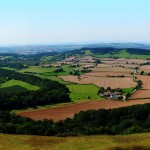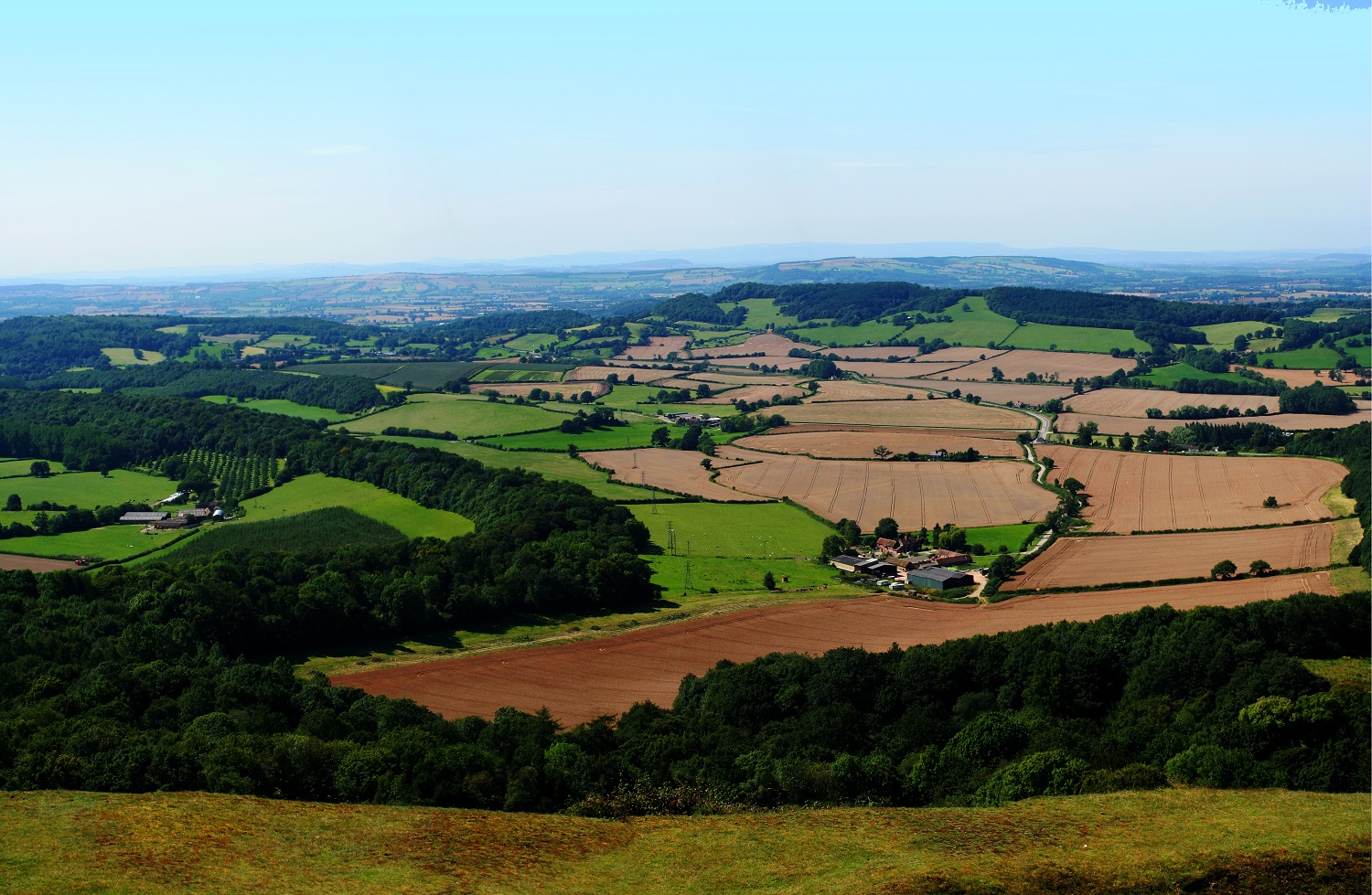The number of new homes built on Greenbelt land in England every year has dropped twice in the past ten years, new research from Countrywide reveals.
 Since 2001, when Greenbelt housebuilding peaked to 6,700 new homes per year, the number has fallen to only 3,248 in 2014.
Since 2001, when Greenbelt housebuilding peaked to 6,700 new homes per year, the number has fallen to only 3,248 in 2014.
There were 96,000 new homes built on the Greenbelt in the last 20 years, which is equal to just 3.5 per cent of the 2.7 million new homes that were built in England between 1995 and 2014.
Despite a 36 per cent rise in the number of homes built in England between 2001 and 2007, the numbers built on the Greenbelt fell by 46 per cent. Last year just 3,250 homes (3 per cent of all homes) were built in the Greenbelt, down on 2013 and the long run average.
Recent Greenbelt housebuilding mainly in the South
Over the last five years development on Greenbelt has increasingly been on land surrounding growing cities in southern England – reflecting the demand for housing and a wider trend of new home delivery concentrated in the South of England. In 2014 the 1,575 new homes built on the London Greenbelt, accounted for 48% of all Greenbelt development in England, up from 38% a decade ago. London has also seen the most homes built on the Greenbelt since 1995, 39,100.
Local authorities can grant permission for development in the greenbelt in special circumstances where the benefit from development outweighs perceived harm to the greenbelt. While there is debate, and conflicting guidance about specifics, broadly these may include significant economic benefits, replacing buildings and in some instances housing or other social need.
Commenting Johnny Morris, group research director at Countrywide, said:
“While development is generally prohibited within the Greenbelt a small number of homes are given permission to be built. Many of these development sites would be at odds with common perceptions of greenbelt. Rather than picturesque countryside being concreted over, these sites were either brownfield, infill schemes or unused land with little amenity value.
“Sustained pressure, particularly in the South, to get more homes built and government plans to take a tougher line on local authorities with out of date plans, will likely see more homes built on Greenbelt in future years. Just returning to the rates of development on Greenbelt seen in the early noughties would yield an extra 5,000 new homes a year.
“Research by Countrywide published earlier in 2015 showed around the 80 railway stations in the Greenbelt on the fringes of cities across England, there is enough unused land in areas within walking distance of those train stations to accommodate nearly half a million new homes. Given the chronic shortage of new homes in certain areas, we concluded we may not have the luxury of overlooking these potential sites.”




